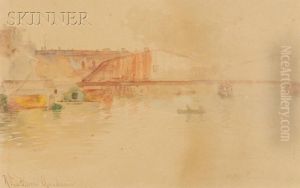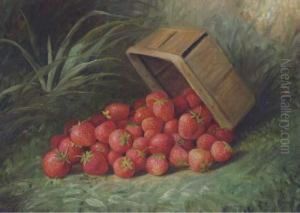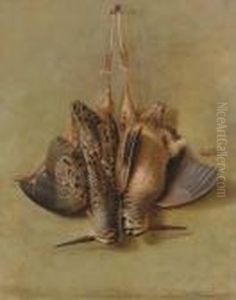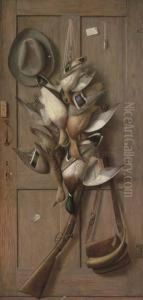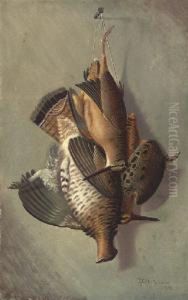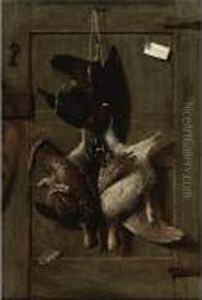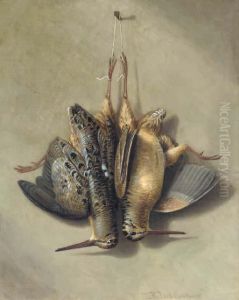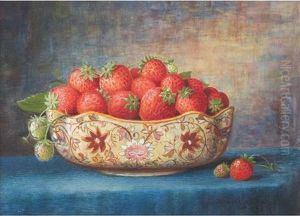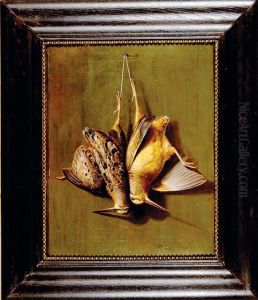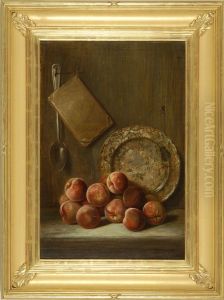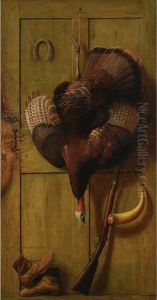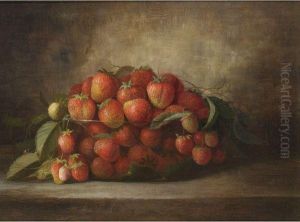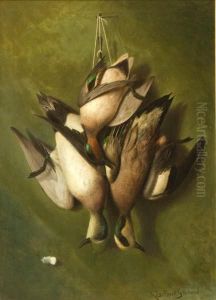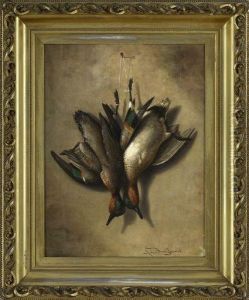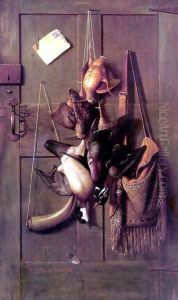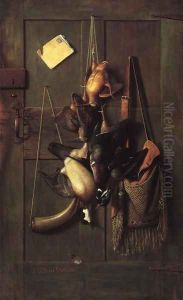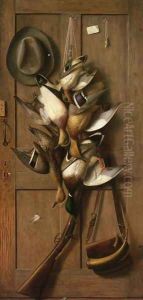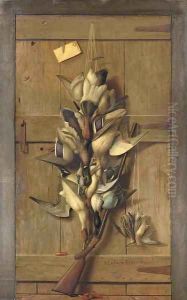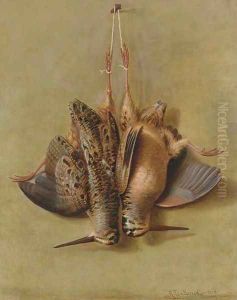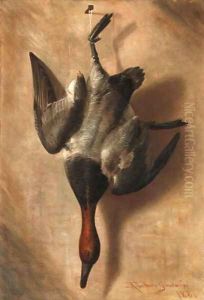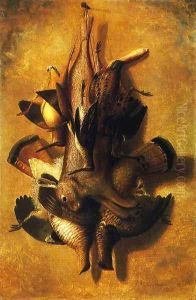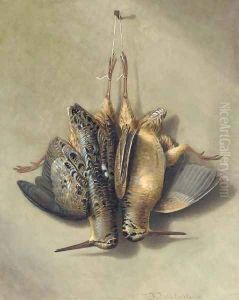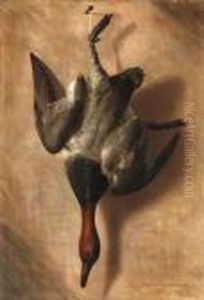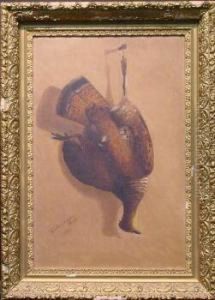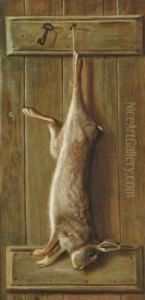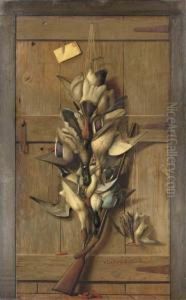Richard Goodwin Paintings
Richard Goodwin is an Australian artist known for his unique blend of architecture, sculpture, and performance. Born in 1953, Goodwin pursued his education in art and architecture, which has significantly influenced his creative practice. His works often challenge the conventional boundaries between public and private spaces, as well as the relationship between the human body and the built environment.
Goodwin has been active in the art scene since the 1980s and has exhibited both nationally and internationally. His career is marked by numerous awards and accolades, and he has received several grants for his experimental and thought-provoking projects.
One of his notable works is the 'Parasite' project, in which he creates interventions in existing architectures, suggesting a symbiotic relationship between his art and the host structure. Goodwin's 'Parasite' installations are often temporary and explore themes of urbanization, sustainability, and the dynamics of space.
Apart from his installations and sculptures, Goodwin is also known for his 'performance architecture,' where he combines live performances with constructed environments, further emphasizing the interaction between people and the spaces they inhabit.
In addition to his art practice, Richard Goodwin has also had a significant impact on education. He has been a professor at the University of New South Wales, where he has taught in the Faculty of the Built Environment. His contributions to education have been focused on bridging the gap between theoretical knowledge and practical application in art and architecture.
Goodwin continues to explore the interplay between art and architecture and remains a thought-provoking figure in contemporary Australian art. His works continue to inspire discussions on the use and perception of urban spaces and the potential for art to transform our understanding of the world around us.
